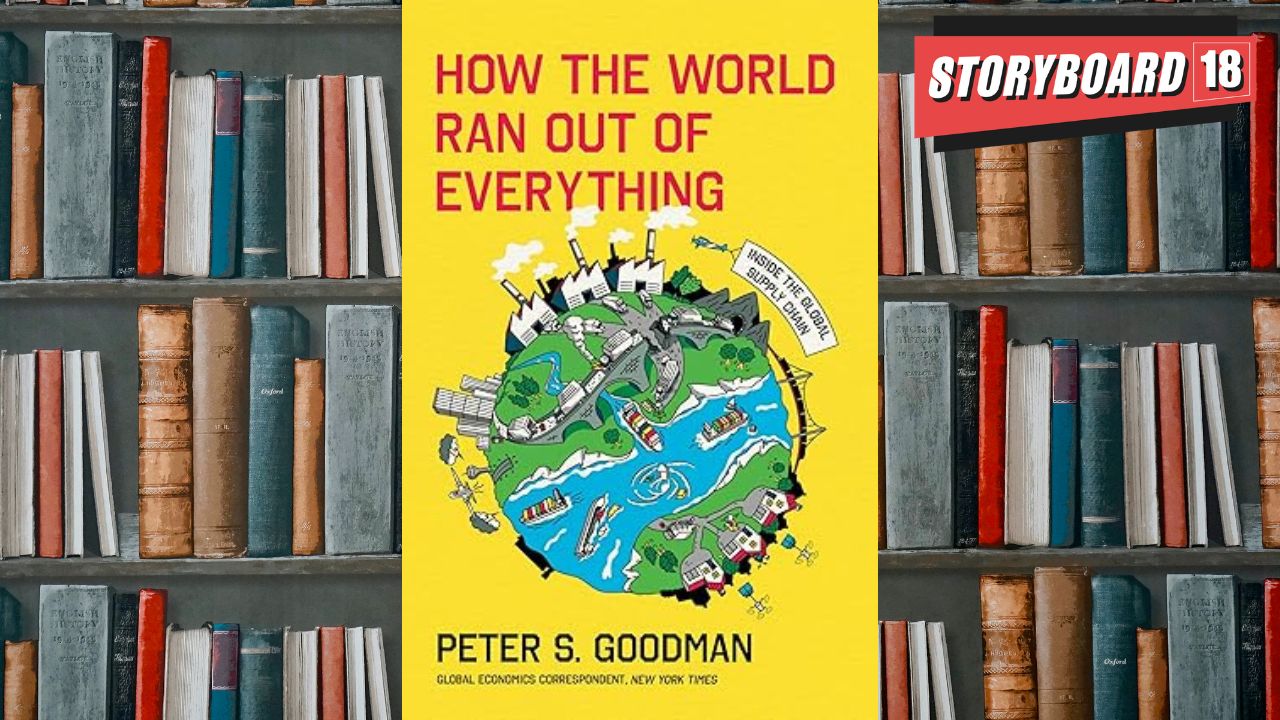CHINA: GLOBAL PREDATOR OR FRANKENSTEIN’S MONSTER?
This book reminded me of Peter Navarro’s ‘Death by China.’ The title is self explanatory and pretty much suggests how the world seems to perceive China – a predator economy of sorts.
However, author Peter S Goodman, the New York Times’s global economics correspondent upends traditional notions. He believes that the top 1 percent of the rich of the world, first made China the sweatshop of the world for their own benefit. They reorganised the world’s supply chain, seeking the cheapest producer, China, whose goods they could sell for maximum profit!
The pandemic made them cry foul because suddenly, local manufacturing capacity was zilch! Shipping container fleets carrying life-critical items were stuck in global waters- almost 25 trillion dollars- even as those on board, miles away from the shore, wondered when they would get home. There was an urgent need to change tactics.
I asked myself the question – are the decision makers of the world really so myopic? COVID might’ve exposed the flaws in the system. But the author asserts that these flaws were deliberately cerated to maximise profit.
Here are our five Bookstrapping insights:
1. The argument that China is stealing jobs gets gut punched heavily in the book! What started with Chinese workers constructing railroads in the 19th century, recruited by industrialists who monopolised profits, transited later into multinational brands investing in factories that celebrated cheap Chinese labour, choosing to pay them instead of their own workforce. It was all about profits and continues to be about profits. The beneficiary of this production-brand separation is the international investor class, says the author.
2. With the whole world competing for supplies being manufactured in a single country, I realised that countries like India, who don’t import all essentials from China, were far better off! For eg; Chinese factories were the source of 90 percent of several antibiotics sold in the US. Scary!
3. A brilliant chapter analyses how Henry Ford’s business legacy put common sense first and shareholder interest second. He is quoted as follows, “business is a service, not a bonanza!”, arguing in favour of employment generation and the greater good of the people. The chapter is authoritative and evidently deeply researched and is a reminder of the days before ‘Just in Time’ became a mis-marketed holy grail for ‘lean’ business.
4. The emergence of alternatives to China, some early, some post the pandemic such as Vietnam and South America is explained with the support of detailed case studies. The author also questions whether they were alternatives at all, given that China had started putting up manufacturing plants all over South America, so as not to lose their biggest customer- the USA.
5. The author makes good use of the last chapter to talk about how technology is helping people feel more in control of the supply chain itself. But will technology preserve innovation and prevent monopoly is a question that remains to be answered.
The author ends on a despondent note- that ‘we have surrendered our decency with our sense of economic security’. As a reader though, the alternatives that the author builds in, to analyse how the world has come out of one crisis after another, is a ray of hope.
Peter S Goodman’s name must resonate with his previously published bestseller, ‘Davos Man,’ in which he profiles five representative “Davos Men”—members of the billionaire class—chronicling how their shocking exploitation of the global pandemic has accelerated a fifty-year trend of wealth centralization. His language remains consistent, his approach remains meticulous and his hypotheses remains thought provoking, whether you agree with him or otherwise.
Reeta Ramamurthy Gupta is a columnist and bestselling biographer. She is credited with the internationally acclaimed Red Dot Experiment, a decadal six-nation study on how ‘culture impacts communication.’ A reading coach, you can find her on Instagram @OfficialReetaGupta.
